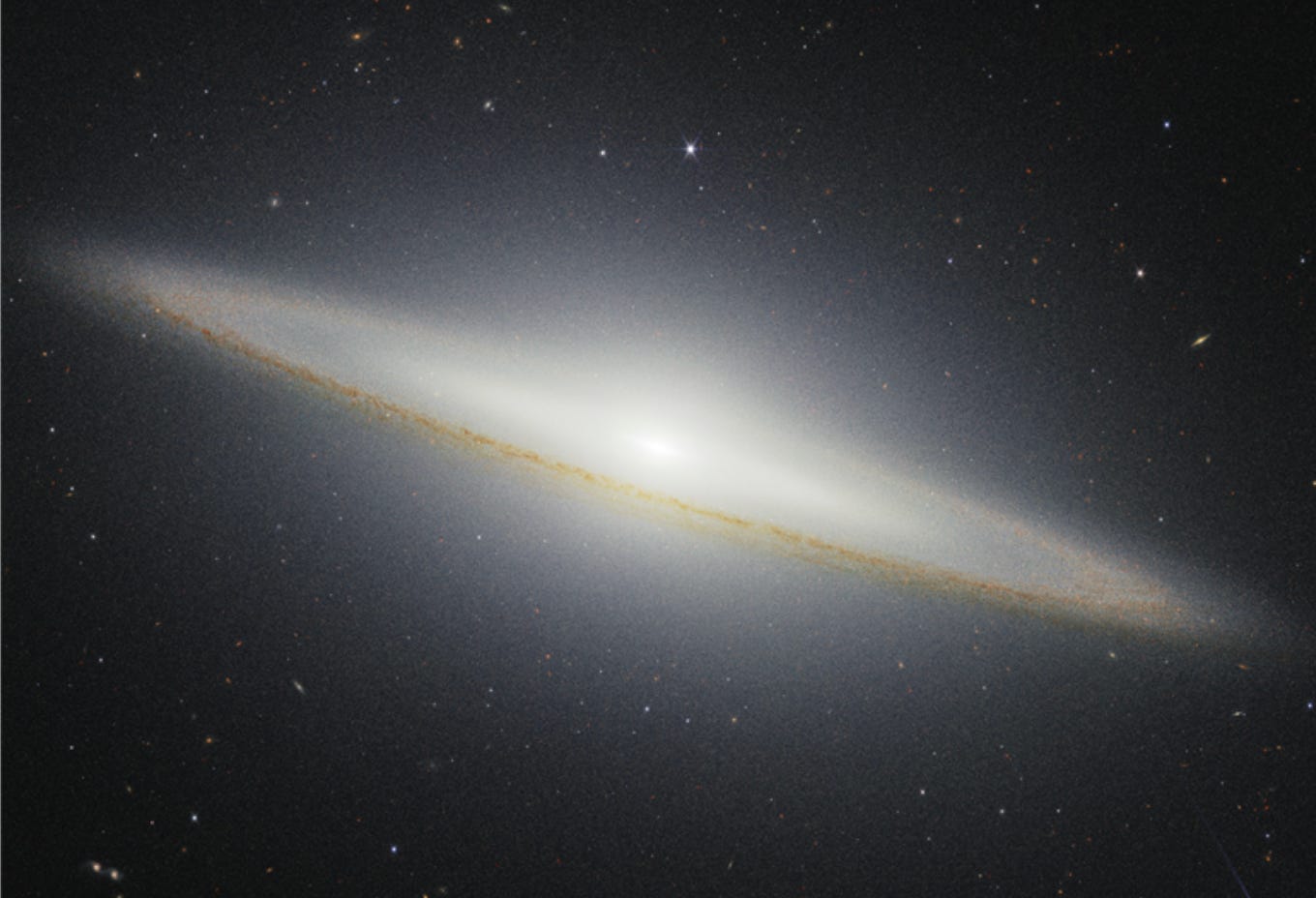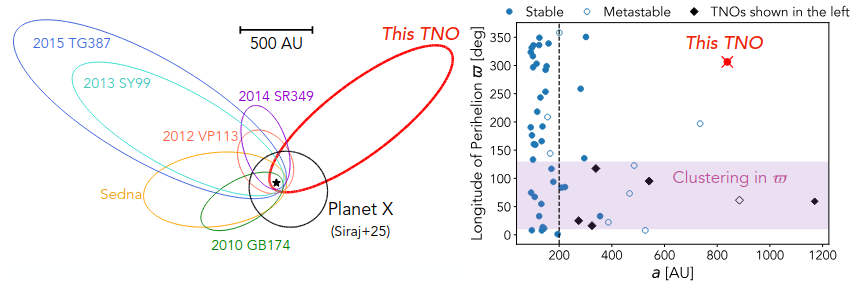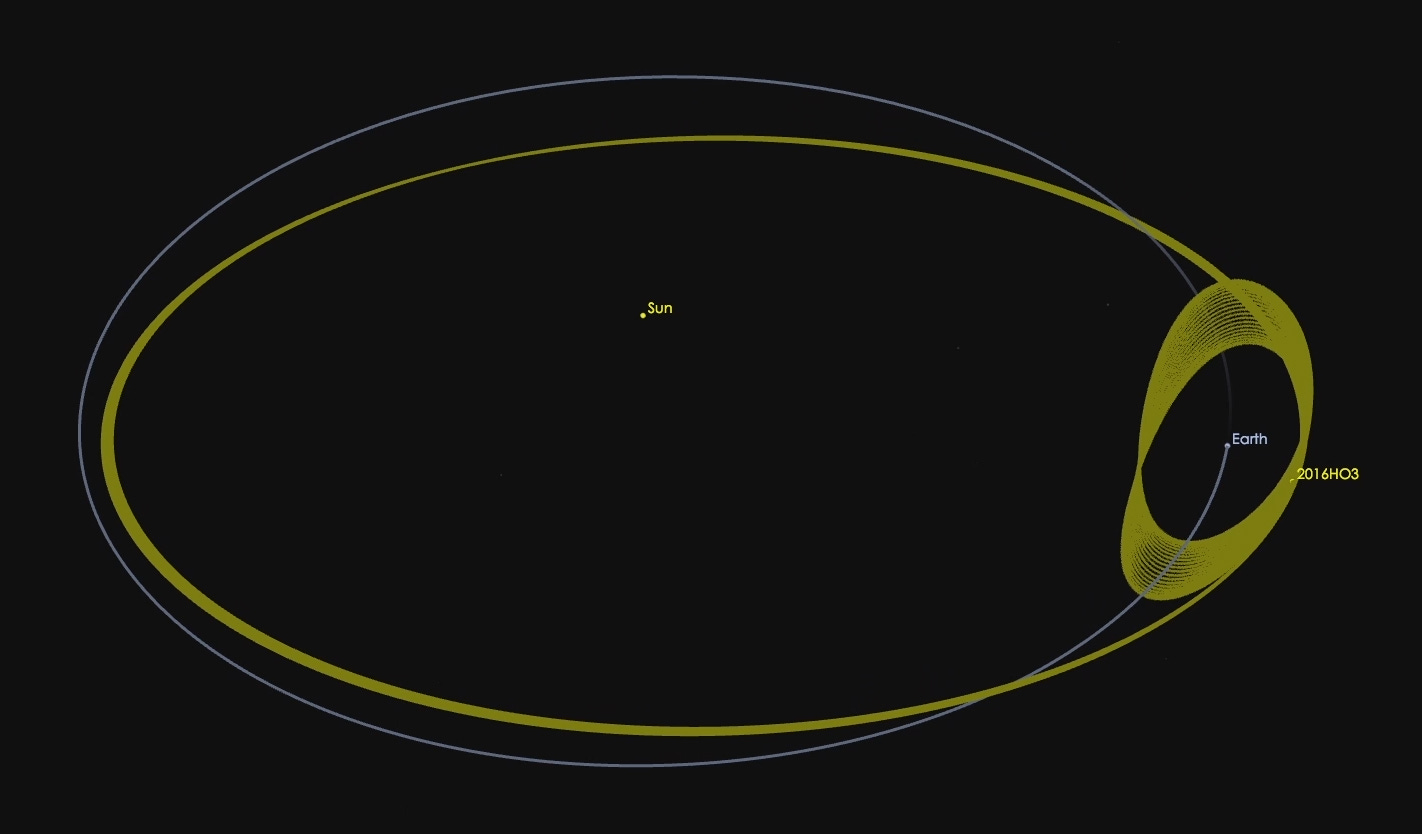The Week in Space and Physics: The Edge of the Solar System
On another dwarf planet, Tianwen-2, the most distant known galaxy, and Starship.

Soon after the discovery of Pluto in 1930, Frederick Leonard wondered if it was really alone. Perhaps, he suggested, Pluto would simply be the first of a series of objects beyond Neptune awaiting discovery. If so, it might be part of a second asteroid belt, just as Ceres had much earlier turned out to be only the largest of the numerous rocks lying between Mars and Jupiter.
Leonard did not live to see his idea proven true. By the 1960s, when he died, the concept of an outer asteroid belt – later dubbed the Kuiper Belt – was still just an idea. Some thought it might be a ring of comets, through which Pluto periodically passed, sending some tumbling towards the Sun. Others looked for signs of another big planet, the fabled Planet X.
We have not found that planet, but we have, since the early 1990s, found the hundreds of small worlds Leonard had imagined. Pluto is still the largest of these, but others – Quaoar, Makemake, Haumea – are of a respectable size. Two of them – Pluto and Arrokoth – have even been visited by our probes.
Now a group of astronomers think they have found another big member of the Kuiper Belt. The world, which they call 2017 OF201, lies about three times further from the Sun than Neptune. It seems to be reasonably big. Indeed, it is thought to measure several hundred kilometres in diameter, which if true would place it among the larger of the known dwarf planets.
Yet it follows an odd orbit. The planet was found in images taken for the Dark Energy Camera Legacy Survey, a project not intended for planet-hunting. But as astronomers looked through its data they spotted the world in images spanning a period of four years, and by comparing how it had moved in that time they could work out its trajectory around the Sun.
It is, they say, rapidly moving away from us. Over the coming few millennia the world will head out to a point fifty times more distant than Neptune. Afterwards it will swing back in, following a path that will take it twenty-five thousand years to complete a single trip around the Sun.
This orbit is not good news for the lingering ideas about Planet X. Although no big planet has ever been found beyond Neptune, some astronomers claim there is a pattern in the orbits of planets in the Kuiper Belt. These seem to cluster around a certain direction, which could be down to the influence of an unseen planet.
Yet 2017 OF201 breaks this pattern. Even worse, models say that if Planet X follows the suggested orbit, 2017 OF201 should have long ago been thrown out of the solar system. Either the dwarf planet has only recently ended up on this orbit - or there is no Planet X.

China Looks for Asteroid Rocks
On Wednesday last week, the Tianwen-2 spacecraft lifted off from Xichang in southern China. For the next fourteen months, the spacecraft will travel towards Kamo’oalewa, a small asteroid sometimes called a quasi-moon of the Earth.
Tianwen-2 will study this asteroid for a few months before attempting to grab a piece of its surface. If that works, the probe will then head back towards Earth, release its sample for analysis by scientists, and then fly onwards to visit a comet. In this, the mission is somewhat similar to NASA’s earlier OSIRIS-REx spacecraft, which returned a sample of an asteroid to Earth and is now flying onwards to visit another.
Kamo’oalewa was discovered in 2016. It is small, measuring between forty and a hundred metres across. And it follows the Earth as it moves around the Sun, following an oscillating orbit that makes it appear to slowly revolve around our planet. It is not a true moon, as it is not held in orbit by the Earth’s gravity, but instead a “quasi-moon” that hangs around the Earth as it orbits the Sun.

How it got into this rare arrangement is unknown. One theory holds that it was blasted off the Moon by an impact a few million years ago. If so, some evidence hints it might have come from the lunar Giordano Bruno crater. Tianwen-2’s sample should be able to check this idea: if its rocks look like those found on the rest of the Moon, then Kamo’oalewa could quite literally be a chip off the old block.
After studying Kamo’oalewa, Tianwen-2 will spend six years travelling on to the comet 311P/PANSTARRS. This comet was only discovered in 2013, and never comes closer to the Sun than the orbit of Mars. Analysis of it in 2013 and 2014 showed it to be an intriguing place: at one point it seemed to have six tails streaming out of it, and as Hubble watched it over a period of two weeks it saw its surface undergo dramatic change.
Both targets will demonstrate China’s skills in space technology. Asteroids and comets have weak gravity and are tough to approach and orbit. Get it wrong and a probe can crash or fly off into space entirely. Neither have past missions found it easy to scoop up rocks from the surface of an asteroid. Tianwen-2, certainly, has a challenging few years ahead of it.
Miracle, Not a Mirage
Astronomers announced the discovery of the most distant known object in the universe. It is a galaxy, one they call MoM-z14, and its presence was confirmed by the James Webb Space Telescope. Thanks to its enormous distance, it appears to us as it looked when the universe was a mere three hundred million years old.
The discovery came as part of an effort to survey in detail some of the early galaxies seen by Hubble and Webb. Far more of these have been seen than expected. Indeed, the first galaxies were supposed to be small, faint, and rare. Instead, Webb has detected them at a rate a hundred times higher than expected, and so upended our ideas about how galaxies formed.
In a study called “Miracle or Mirage”, astronomers used Webb to confirm these really were galaxies – miracles, that is, rather than mirages – and then to take a closer look at each. MoM-z14, they say, is a galaxy of a hundred million solar masses measuring about five hundred light years across.
That is small compared to modern galaxies – it compares in mass to the Small Magellanic Cloud in orbit around the Milky Way – but is bigger than expected for the time. There are signs that most of its stars formed recently, perhaps in a burst lasting about ten million years. And that might explain why it is so bright and visible to us.
But there is still much we do not understand about this object. Miracle it may be – or, perhaps, it is an example of the ancient origins of every galaxy in existence.
Starship Flight Number Nine
SpaceX’s Starship flew for the ninth time last week. In some ways, the flight was a success: SpaceX reused the rocket recovered from the seventh test flight, making this the first time that a superheavy rocket has ever been reused. And the Starship upper stage made it beyond the point at which the past two attempts exploded.
Yet after this things quickly started to go wrong. The rocket was lost during its descent back to Earth, apparently exploding as SpaceX attempted to relight its engines in order to slow it for landing. SpaceX had no intention of catching the booster this time, but the failure is still something of a setback for the project.
As for Starship, the vehicle did at least reach space. But soon after it began to leak fuel and then started to spin out of control. Instead of coming down for a smooth re-entry over the Indian Ocean, the spacecraft was destroyed in the upper atmosphere.
Read More
How Dust on the Ocean Floor Hints at a Recent Near-Earth Supernova
However big you imagine a supernova to be, the reality is certainly bigger. To put it one way, an exploding star can briefly outshine the combined light of every other star in a galaxy; to put it another, a supernova at the distance of Pluto would hit you with more energy than a hydrogen bomb exploding just outside your front door.
Greeks II: Pythagoras and The Cult of Numbers
The so-called Pythagoreans applied themselves to mathematics,




There are much bigger planets in the Kyper Belt and down grading Pluto to a dwarf or Exo planet is wrong, to be a planet it had to have enough mass to force itself into a globe and have a regular orbit, also it filled another category it had its own satalite called Charon.
If you drew a graph of SpaceXs progression towards a successful Starship flight, it seems to have plateaued recently—or am I just impatient?